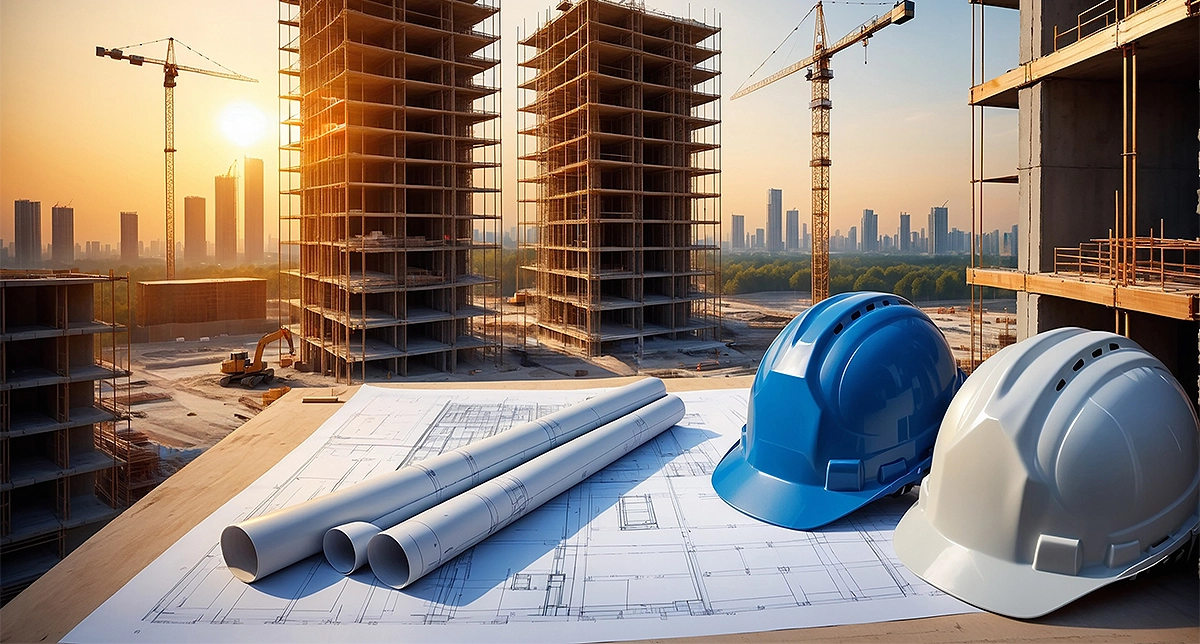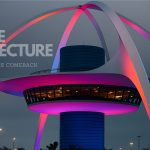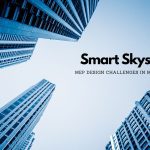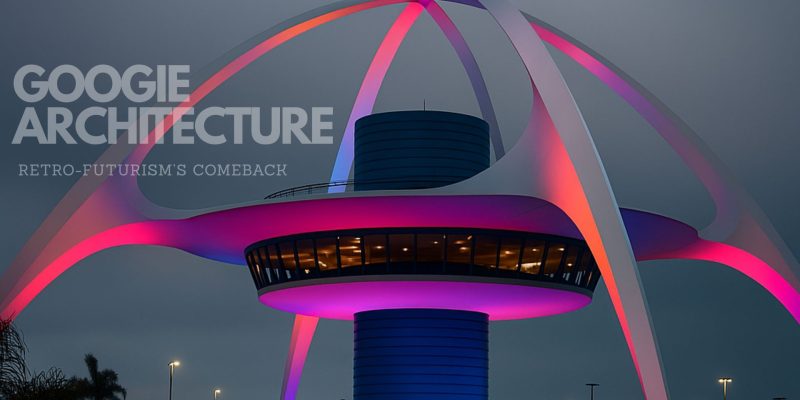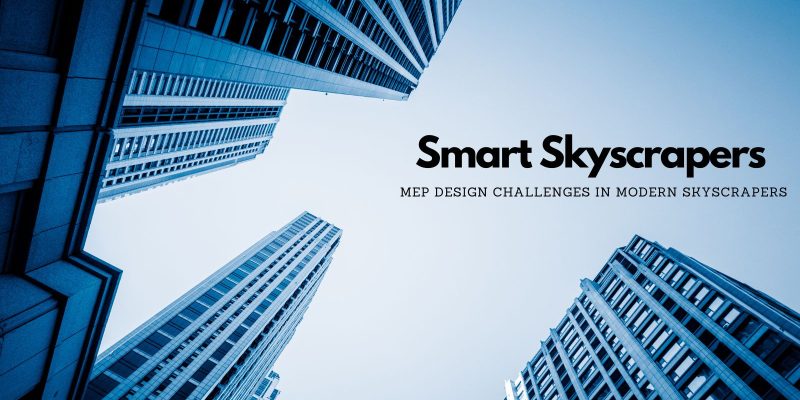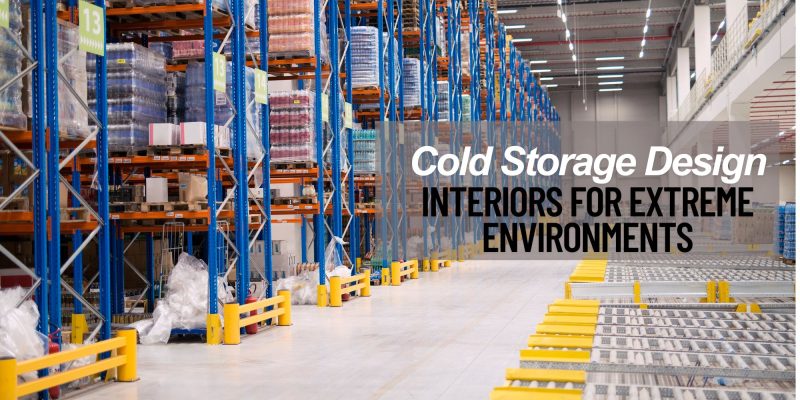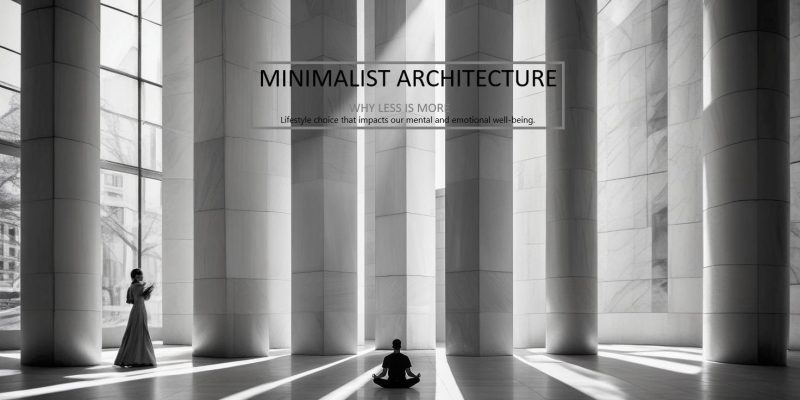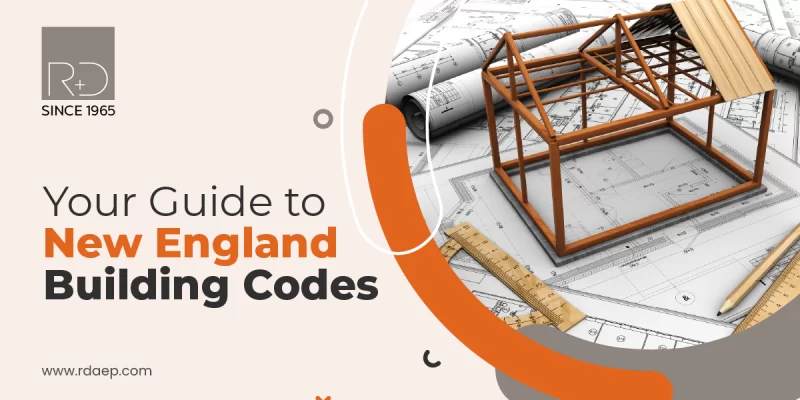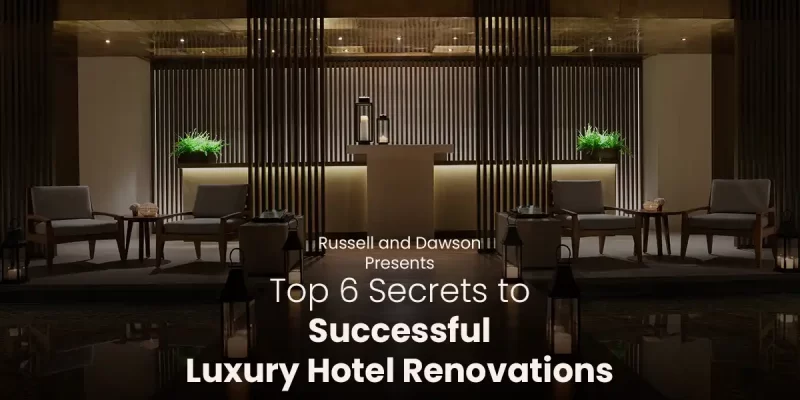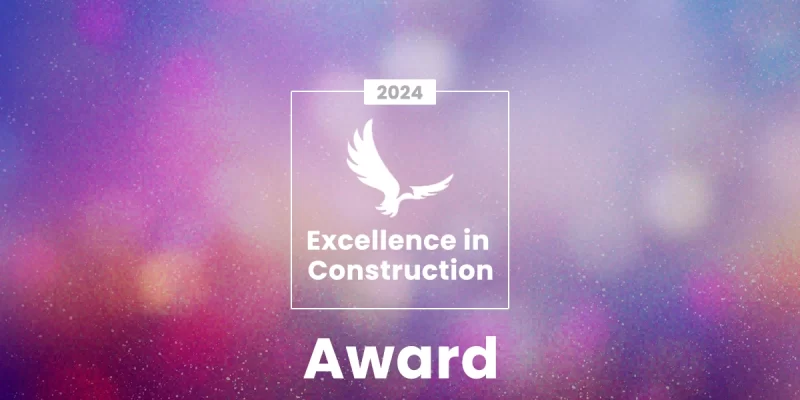As technology keeps evolving, many industries are being transformed, and the Architecture, Engineering, and Construction (AEC) industry is no exception. We’re on the brink of a major change thanks to Extended Reality (XR), which includes Virtual Reality (VR), Augmented Reality (AR), and Mixed Reality (MR). These technologies are shaking up how we design and build projects. Instead of relying on outdated blueprints and confusing communication, teams can now collaborate using interactive 3D models, making it much easier to work together and share ideas.
In this blog, we’ll dive into how XR is making a difference for AEC companies. It helps teams visualize projects better, boosts collaboration, speeds up the design process, and enhances training methods. As we explore the exciting potential of XR, you’ll see how it addresses some long-standing challenges in the industry and promotes innovative, sustainable practices.
Come along as Russell and Dawson, a professional and expert Architecture and Engineering firm uncovers how technology and construction are merging, and see how XR is shaping the future of AEC.
What is AEC?

AEC refers to the collaborative process of these three field to create a building or an infrastructure. Here’s a breakdown of each part:
Architecture: Architects design buildings, thinking about how they’ll look and how people will use them. They blend aesthetics with practicality, making spaces that are both beautiful and functional.
Engineering: Once the designs are planned out, engineers step in to ensure everything is safe and doable. They specialize in different fields—like civil, structural, mechanical, and electrical engineering working together to bring those architectural visions to life.
Construction: This is where ideas turn into reality. Construction involves managing the entire project, using various techniques, and coordinating different trades and contractors to actually build the structures.
The AEC industry is crucial for shaping the cities and improving the spaces we live and work in.
WHAT IS EXTENDED REALITY (XR)?
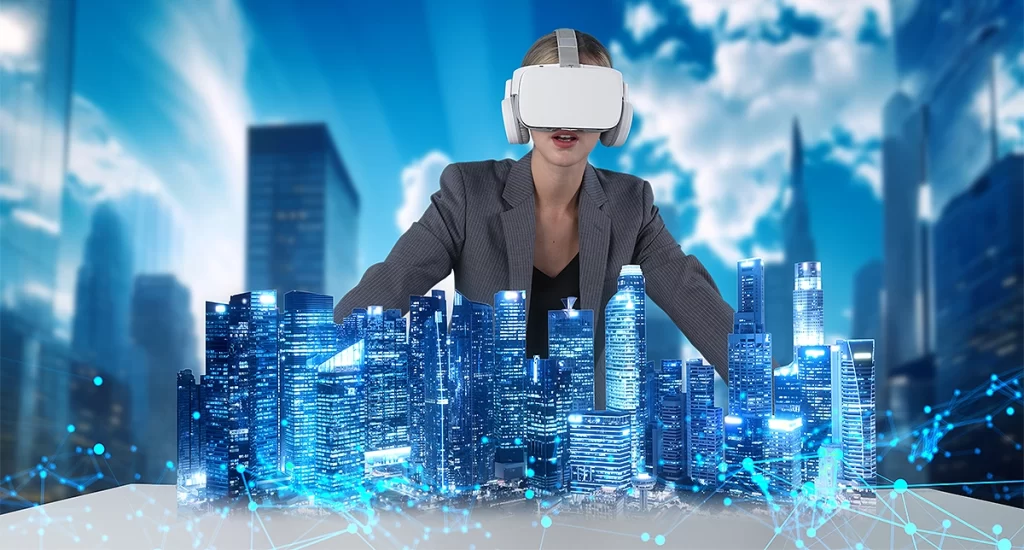
Extended Reality (XR) is an umbrella term that covers a bunch of immersive technologies, and it’s changing how we experience the world. It includes:
• Virtual Reality (VR)
• Augmented Reality (AR)
• Mixed Reality (MR)
XR technologies are changing things around for the better in all sorts of areas especially in the AEC industry. They’re perfect for visualizing projects, improving teamwork, and enhancing training, which leads to better design and execution. By immersing users in these environments, XR helps people connect with information on a deeper level, making it easier to understand and make smart decisions.
How Has the AEC Industry Transformed Over the Last Half Century?
Over the past fifty years, the architecture, engineering, and construction (AEC) industry has completely evolved. The traditional reliance on paper blueprints has been replaced by advanced digital technologies. This shift began with the introduction of 3D modeling, drastically changing how professionals visualize and approach projects.
- Building Information Modeling (BIM)
BIM has been at the forefront of this transformation. It enables a more integrated approach to design and construction, allowing multiple stakeholders to collaborate seamlessly. This technology provides a comprehensive digital representation of a building’s physical and functional characteristics, enhancing precision and efficiency across projects. - Advancements in Cloud Computing
Cloud computing has also played a pivotal role, offering accessibility and real-time collaboration like never before. With cloud-based tools, teams can access project data anytime and from anywhere, ensuring effective communication and coordination among geographically dispersed teams.
- Impact of Mobile Technology
Mobile technology has further propelled this transformation by making it possible for project managers and workers to bring critical data to job sites. Mobile devices empower them with on-the-spot updates and access to tools that enhance productivity and accuracy in challenging environments.
These technological advancements underscore a significant shift, paving the way for innovative design solutions, streamlined workflows, and improved project outcomes. The AEC industry has embraced these tools to not only keep pace with rapid technological progress but to lead the charge in redefining how structures are conceived and built.
WHAT ARE THE BENEFITS OF APPLYING EXTENDED REALITY (XR) IN AEC BUSINESSES?
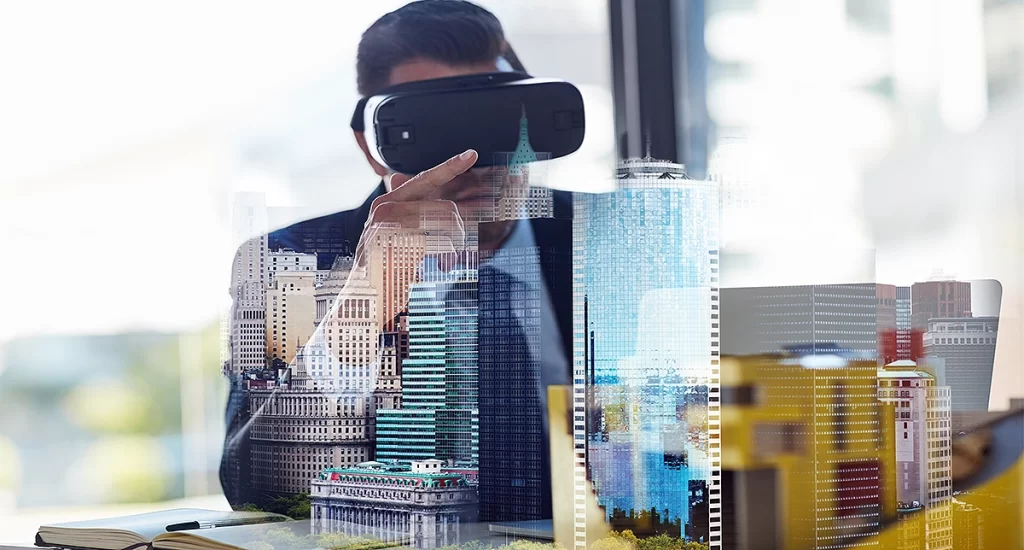
One of the biggest advantage of Extended Reality AEC industry is how it makes visualization so much better. Traditional 2D blueprints can be tricky to understand, which often leads to misunderstandings and mistakes in the design process. But with XR technology, architects and engineers can create 3D models that people can actually interact with and explore.
This immersive experience allows clients to get a clear picture of what the final project will look like, helping them ensure their vision aligns with what’s being built. As a result, they feel more confident and satisfied with the project. Plus, by spotting design issues early on, teams can save time and money by avoiding costly changes later. Overall, XR transforms the way everyone collaborates, making the whole process smoother and more effective.
Improved Collaboration
In AEC, here are a lot of different people involved—like architects, engineers, contractors, and clients. XR really boosts collaboration by creating a shared virtual space where everyone can connect and interact. During design meetings, this allows everyone to give feedback on the spot, which helps make decisions faster and cuts down on confusion.
This approach makes project workflows smoother and encourages team members to be more engaged and responsible for their roles. Overall, XR brings all the stakeholders together, making the entire process more efficient and effective. It’s like having a team huddle where everyone can contribute, leading to better results for the project.
Streamlined Design Processes
With XR Technology, people working in AEC can review and change designs in a really interactive way. This means they can make immediate updates based on feedback from all the stakeholders involved in the project. Plus, XR allows teams to simulate how the construction will actually unfold, helping them identify potential problems and fine-tune their plans before any building starts.
This method cuts down on the number of design revisions needed, making the whole process faster and more efficient. In the end, it saves time and resources, leading to a smoother project from beginning to end. It’s like being able to practice a performance before the big show—everyone gets to work together to make sure everything runs as smoothly as possible!
Enhanced Training and Safety in Construction
Safety is a big deal in construction, and XR can make a huge difference when it comes to training workers. With virtual simulations, employees can practice their skills in a safe environment before they step onto an actual job site. This hands-on training helps them really remember what they’ve learned, which can lead to fewer accidents on the job.
By using this approach, workers become more aware of safety issues and feel better prepared for real-world challenges. It’s like having a practice session before a big game—everyone gets to know their role and how to stay safe. This way, they can confidently tackle the job and protect themselves and their teammates.
Cost Savings with XR Technology
Investing in XR technology might seem pricey at first, but it can save a lot of money over time. By catching design flaws early, reducing the need for costly rework, and improving teamwork, XR can really help lower overall costs. On top of that, better training programs mean fewer accidents on the job, which saves even more money.
In the end, this means projects can be finished for less and take less time, which boosts profits. So, even though the initial investment might be high, the long-term benefits make it a smart choice that pays off down the road.
Sustainable Design Solutions in AEC
Sustainable design is becoming a bigger focus in architecture, engineering, and construction (AEC) industry. Extended Reality tools are great for helping professionals analyze how energy-efficient a design is and its environmental impact right from the planning stages. By visualizing how a building will fit into its surroundings, architects can make smarter choices that promote sustainability and reduce the building’s carbon footprint.
This means designs can be more eco-friendly, and it also helps ensure that projects meet green building standards, making it easier to achieve environmental goals. Overall, using XR in AEC leads to buildings that are better for our planet.
Future-Proofing the Business in AEC
As the architecture, engineering, and construction (AEC) industry evolves, using technologies like XR allows businesses to stay ahead and be recognized as innovators. Companies that adopt these tools are more likely to attract clients looking for cutting-edge solutions. By keeping up with the latest tech trends, businesses can improve their competitiveness and secure long-term success.
This approach not only enhances their reputation and builds trust with clients, but it also makes it easier to adapt to changes in the industry. In a nutshell, investing in XR helps businesses not just survive but thrive now and in the future.
WHAT ARE THE XR APPLICATIONS IN AEC BUSINESSES?
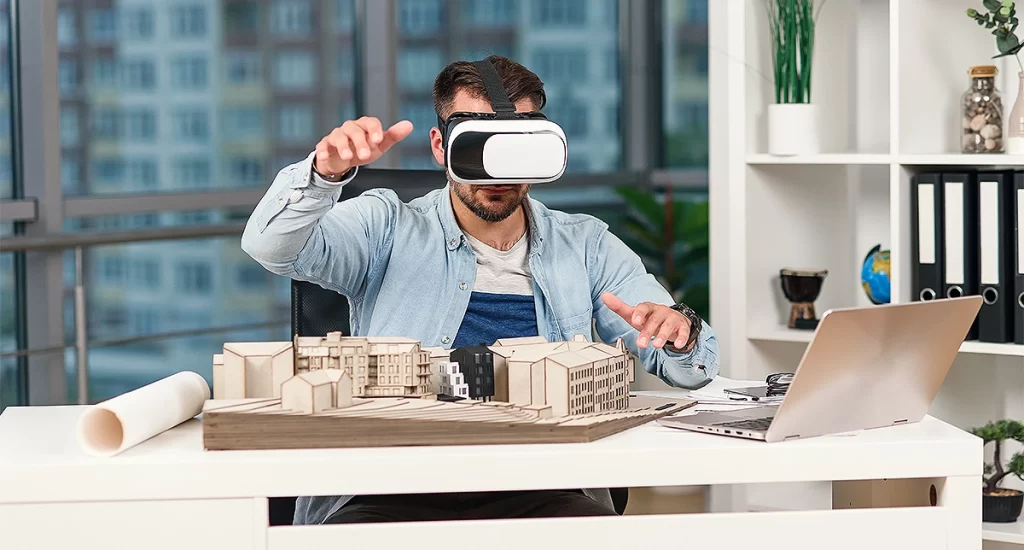
Design Visualization
Immersive Walkthroughs
Imagine being able to walk through a building that doesn’t even exist yet. With VR experience, architects can create lifelike virtual spaces where you can explore their designs as if they were real. When you put on a VR headset, you’re transported into a digital world where you can move around, look up, and really experience the space. This helps everyone involved—clients, builders, and engineers—get a clear sense of how everything fits together.
But it’s not just about seeing the design; this immersive experience also makes it easier to catch potential problems early on. For instance, if a client feels that a hallway is too cramped or a room doesn’t get enough natural light, those concerns can be addressed before any actual construction starts. By walking through the space in VR, everyone can share their thoughts and make informed decisions, leading to a smoother and more successful project overall.
3D Modeling with AR
Picture this: You’re standing on a dusty construction site, hard hat on, tablet in hand. Instead of squinting at blueprints or trying to imagine how a foundation will align with the sidewalk, you point your device at the empty plot of land. Suddenly, a digital twin of your building springs to life—right there on the screen, nestled perfectly between the old brick warehouse and the oak tree everyone fought to preserve. The sunlight glints off the virtual windows, and you can almost hear the future hum of activity inside. This is AR in action.
But it’s not just about flashy visuals. Think of it like a superhero lens for construction teams. Architects can walk clients through a life-sized hologram of a lobby, tweaking the ceiling height in real-time based on feedback. Engineers spot a clash between a planned beam and an underground pipe before the excavator arrives. A landscaper adjusts the placement of a garden path because the AR overlay shows how afternoon shadows will stretch across the courtyard. It’s collaboration without guesswork—like handing everyone the same mental blueprint.
In the end, AR isn’t about replacing shovels with pixels. It’s about building trust, clarity, and a little bit of magic—right where the concrete meets the sky.
Enhanced Collaboration
Remote Collaboration with MR
In today’s connected world, architecture, engineering, and construction (AEC) teams often work from different cities or even countries. This distance can create communication problems and slow down project progress. Mixed Reality (MR) technologies provide a great solution by allowing team members to collaborate in real time, no matter where they are.
With MR, team members can come together in a shared virtual space to interact with 3D models of their projects. This means that architects, engineers, and other stakeholders can discuss designs and make changes as if they were all in the same room.
For instance, a project manager in New York can work on a building design with a designer in Tokyo, manipulating the model together in real time.
This interactive setup encourages lively discussions, as everyone can point to specific parts of the model, share ideas right away, and visualize changes immediately. Such collaboration speeds up decision-making and improves the overall quality of the project because it brings together different viewpoints more effectively.
Client Presentations with XR
When it comes to presenting designs to clients, technologies like Virtual Reality (VR) and Augmented Reality (AR) make the whole experience much more engaging than traditional methods. Instead of just staring at flat images or 2D blueprints, clients can step into an interactive virtual world that shows what their future home or office will look like.
For example, with VR for construction, clients can actually “walk through” their new space, experiencing the layout, lighting, and finishes as if they were truly there. This immersive experience helps them grasp the design much better than a simple picture could. As they navigate through the virtual space, they can provide immediate feedback and express their preferences about different design elements, materials, and layouts.
This method not only makes clients feel more involved in the design process but also gives them confidence in their decisions. They can visualize the end product clearly and discuss any changes they want to see, leading to a more collaborative and satisfying experience. Overall, using XR for client presentations boosts engagement and strengthens the connection between designers and clients, resulting in a more successful project.
Project Planning and Management
Site Analysis with AR
Augmented Reality (AR) tools are changing the game for project managers when it comes to site analysis during the planning phase. With AR, they can visualize project layouts right on the actual construction site. Instead of just looking at blueprints or 2D plans, they can overlay digital models onto the real environment using tablets or smart glasses.
For instance, when a project manager visits a site, they can use Augmented Reality for construction industry to see exactly how a new building will fit into the existing landscape. They can walk around and see the structure in relation to nearby buildings, roads, and natural features. This real-time visualization helps them assess important factors like sunlight exposure, access points, and any potential obstacles, such as trees or utility lines.
By spotting these challenges early on, teams can adjust their plans proactively, which improves logistical planning and minimizes costly changes down the line. This approach not only enhances decision-making but also ensures that everyone involved has a clear understanding of how the project will fit into its surroundings.
Schedule Visualization
One exciting way Extended Reality is used in project management is through schedule visualization. Instead of the usual flat, linear charts that can be confusing, XR lets project teams see timelines in a more engaging and 3D format.
Imagine project managers creating a 3D model of the construction schedule that reflects the actual construction site. This model shows when different workers will be on-site, how long each phase will take, and how various tasks overlap. It’s like bringing the project to life!
This visual approach really helps everyone on the team understand their roles and how they fit into the larger picture. It makes communication smoother, too. If there’s a potential delay in one area, team members can quickly see how it might affect other tasks and adjust their plans accordingly. In the end, this clearer view helps keep projects on track and running smoothly.
On-site Safety Inspections
When safety inspectors use Augmented Reality tools in the construction industry, they can point their devices at different areas of the site and get instant feedback about what needs attention.
For instance, Augmented Reality in a building can show where workers need to wear safety gear, how to properly set up scaffolding, or even highlight dangerous situations like exposed electrical wires. This means that inspectors and workers can spot problems immediately and address them before they lead to accidents.
By using AR for safety inspections, teams can maintain high safety standards and ensure that everyone is aware of potential dangers. This not only lowers the chances of accidents but also fosters a safety-first mindset on the job site, where everyone looks out for one another. In the end, AR helps create a safer working environment and makes safety management smoother and more effective.
Construction and Maintenance
On-site Guidance
Augmented Reality (AR) in construction is a game-changer for teams, providing real-time guidance while they work on-site. With AR, workers can see visual instructions and helpful overlays right in their line of sight through devices like smart glasses or tablets.
For example, if someone is installing electrical wiring, AR can project a digital blueprint directly onto the area, showing exactly where each wire should go, how to connect them, and important safety tips. This immediate access to instructions makes it easier to get things right the first time, which helps prevent mistakes.
By giving clear, context-specific guidance, Augmented Reality in buildings helps minimize misunderstandings that could lead to rework. Workers can quickly check their progress and make adjustments on the fly, making the whole construction process smoother and more efficient.
Maintenance
With VR simulations, maintenance workers can practice troubleshooting and fixing equipment in a virtual environment that feels just like the real world.
For instance, a maintenance worker might find themselves in a VR construction scenario where they need to identify and fix issues in a heating system or an electrical panel. This kind of immersive training allows them to experiment with different solutions without the pressure of making costly mistakes in real life.
Practicing in this virtual space helps workers get comfortable with the equipment, understand how to follow proper procedures, and build their confidence. So when they encounter similar problems in the real world, they’re much better prepared to tackle them effectively. This not only boosts their performance but also helps keep the systems they maintain running smoothly for a longer time.
Sustainability and Planning
XR which includes Virtual Reality (VR) and Augmented Reality (AR) is helpful for understanding energy use when designing construction projects. Energy modeling is all about simulating and analyzing how a building will consume energy, allowing teams to see how different design choices can affect energy efficiency and sustainability.
Using XR, architects and engineers can create interactive 3D models that show real-time energy performance data. For example, they can visualize how various materials, building shapes, and orientations impact energy consumption, heating, cooling, and natural lighting. This makes it easier to assess things like comfort and overall energy efficiency.
During the design phase, a team might look at how moving windows around or adding shading devices can change a building’s heating and cooling needs. With AR, they can overlay energy performance data onto their physical models, which helps them see how different design elements work with the environment.
This approach allows teams to make smarter decisions about sustainable practices and materials right from the beginning. By identifying energy-efficient solutions before construction starts, they can reduce the building’s environmental impact and lower operating costs. In the end, XR technologies help keep energy efficiency at the forefront of the design process, leading to more sustainable results.
Future of XR in AEC Businesses
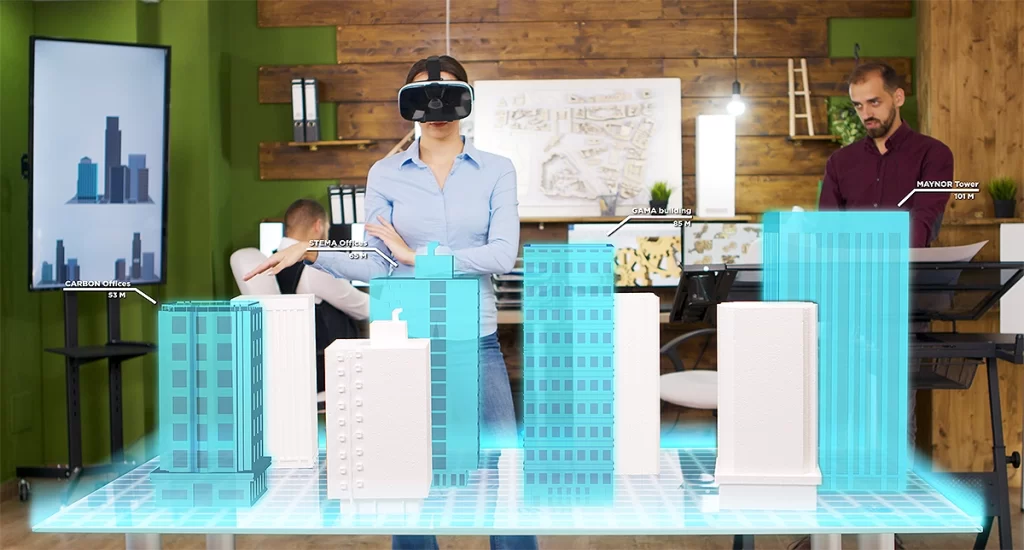
The future of Extended Reality in Architecture, Engineering, and Construction (AEC) looks really promising and exciting. With new technologies and changing industry demands, XR is making it easier for teams to work together, no matter where they are. This not only speeds up decision-making but also helps clear up any misunderstandings about designs.
As augmented and virtual reality improve, AEC companies are starting to use immersive simulations more often. This means clients and design teams can take virtual tours of buildings or landscapes before construction begins. It makes the design process smoother and helps avoid expensive changes later on.
XR is also set to change the way construction workers are trained. By simulating dangerous situations, workers can practice safety protocols, which can lead to fewer accidents on-site. For project management, XR tools can create 4D simulations that show how a project will progress over time, making it easier for teams to manage schedules and resources effectively.
The marketing side of AEC is evolving too. Companies can use XR to give potential clients engaging previews of upcoming projects, which can lead to better connections and more approvals for funding. As technologies like the Internet of Things (IOT), artificial intelligence (AI), and cloud computing advance, XR will integrate with these tools to provide real-time data analysis right on the job site.
Sustainability will benefit as well, XR can help simulate the environmental impact of designs, guiding architects and engineers to make choices that prioritize energy efficiency and responsible resource management. Plus, wearable XR technology, like smart glasses, is likely to become common on construction sites, giving workers real-time information and visuals to boost productivity and accuracy.
MIXED REALITY VS. AUGMENTED REALITY
While both, AR and MR are part of a broader tech family called Extended Reality (XR), they each have unique features that can make a big impact on the industry.
What is Augmented Reality (AR)?
AR overlays digital elements like 3D models, images, or text into the real world. Think of it as a way to enhance your surroundings with virtual details. For example, AR can let you use a tablet or smart glasses to view a virtual building design right on an actual construction site. This helps architects and engineers see how a building will blend with its environment, including the terrain and nearby structures. AR can also guide construction workers by displaying key information in real-time, improving accuracy and efficiency during the build.
What is Mixed Reality (MR)?
MR takes things a step further by combining AR with Virtual Reality (VR) experience, creating a more interactive experience. With MR, digital objects don’t just appear in the real world—they can also interact with it. For example, a virtual building placed on-site might not only show up, but also react to the physical environment, like adjusting around a real wall or tree. MR is especially useful for remote collaboration. Teams from different locations can see the same virtual model, make changes in real-time, and stay synchronized, no matter how far apart they are.
CHALLENGES AND CONSIDERATIONS FOR XR IN AEC BUSINESSES
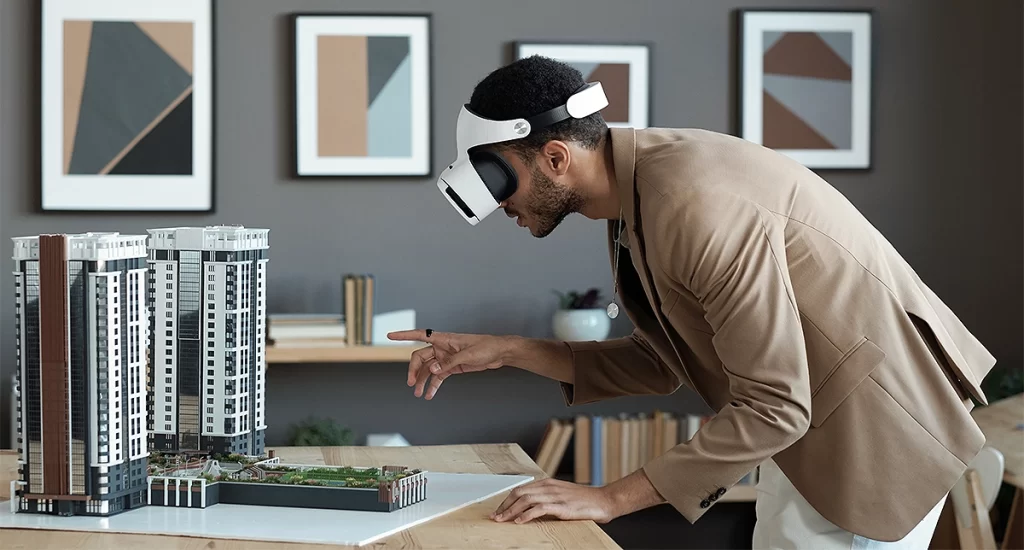
Extended Reality offers some exciting opportunities for the Architecture, Engineering, and Construction (AEC) industry, but it also comes with its fair share of challenges.
One of the biggest issues is the hardware. High-quality XR devices can be pretty expensive, making them a significant investment for many companies. Plus, using these devices for long periods can lead to discomfort or fatigue, which can hurt productivity. To run XR applications smoothly, businesses also need powerful hardware and software, adding to the overall costs and complexity.
Another challenge is ensuring that XR software integrates well with existing workflows. Getting XR tools to work alongside current AEC software can be tricky, often requiring major changes and extensive training for employees. Data privacy and security are also critical, as XR applications often handle sensitive project designs and client information. Safeguarding this data is crucial.
User experience is another important factor. Many people will need training to use XR tools effectively, which can increase initial costs and lengthen the time it takes to implement these solutions. Designing user-friendly XR experiences is a complex task that requires a solid understanding of how people interact with technology. Additionally, dealing with building codes and regulations can be complicated, and companies must consider legal issues like intellectual property rights and liability.
However, despite these challenges, the benefits of XR applications—such as improved efficiency, collaboration, and innovation—are large. By addressing these issues directly, businesses can use XR to transform their operations and push the industry forward.
A FINAL WORD
In a world where the AEC industry is changing faster than ever, Russell and Dawson stands out as a beacon of innovation. We’ve got a long history of doing things right, and we’re not just keeping up with the times—we’re leading the way.
At Russell and Dawson, we’re using XR to make our projects more efficient, collaborative, and exciting.
We’re passionate about using XR to create immersive experiences that help our clients visualize their ideas and make better decisions. From design to construction, we’re committed to delivering projects that are not only beautiful but also safe and sustainable.
Safety is our top priority. We use XR to provide our teams with the best training possible, so they can work confidently and without risk. And when it comes to sustainability, we’re always looking for new ways to reduce our environmental impact.
So, if you’re ready to build something truly amazing, contact us. At Russell and Dawson, we’re not just an AE Firm we’re your partners in innovation.
